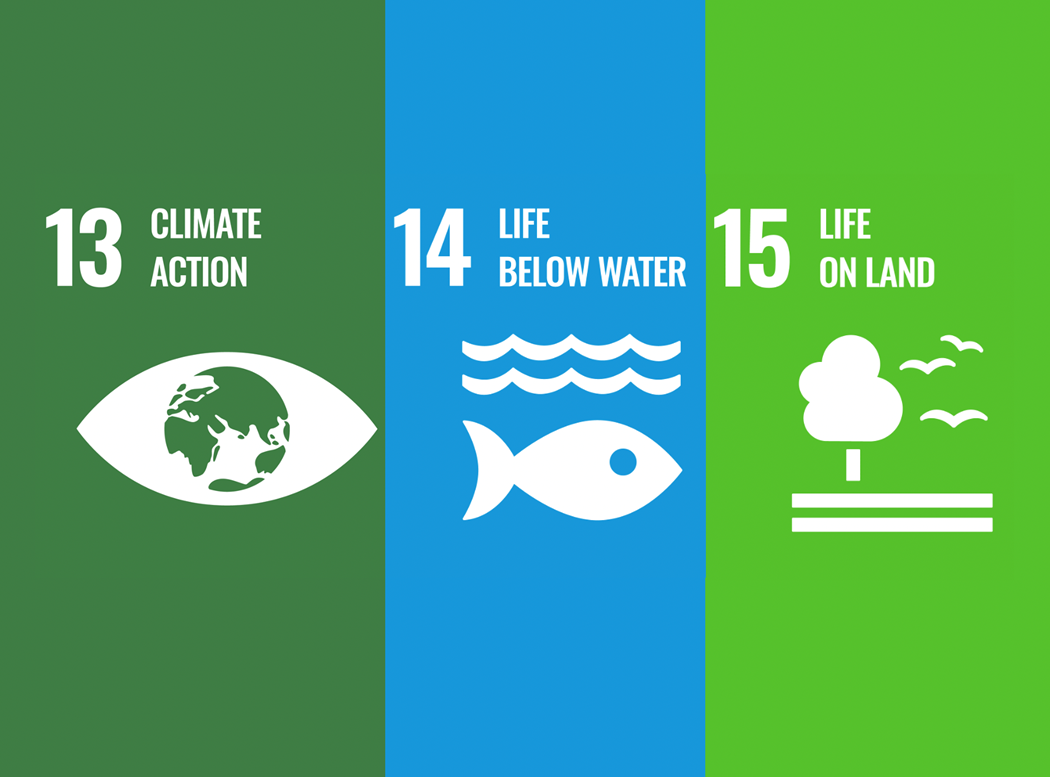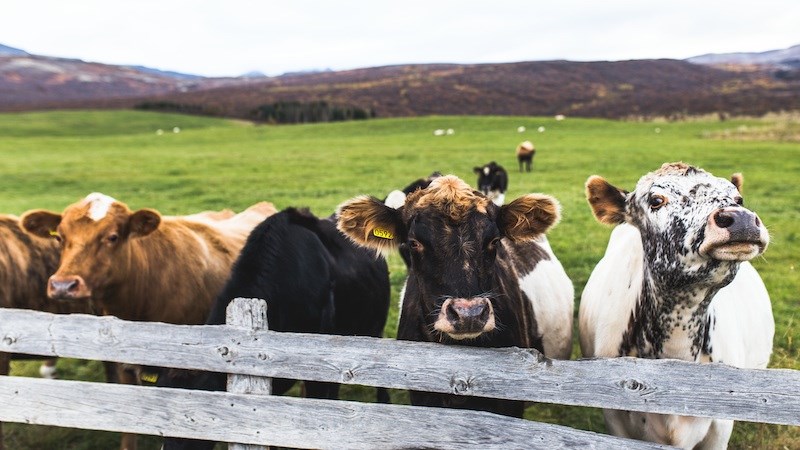
Greenhouse Gas (GHG) emission reductions
People worldwide are becoming more aware of the environmental impacts of food production and their own dietary choices. According to the UN’s Food and Agriculture Organisation (FAO), global feed production represents 45% of the carbon footprint of livestock products.
At Nutreco, the most significant part of our environmental impact is in the supply-side of our business model and activities; by working together with partners at every stage of the value chain we can reduce our environmental impact.
